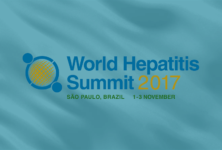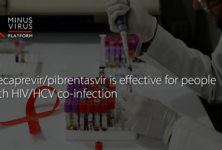Last June, a Perspective piece in the New England Journal of Medicine noted the critical place that the World Health Organization’s list of Essential Medicines had assumed in global health policy and responses — donors, governments and insurers were all more likely to invest in promoting accessibility of medicines that were on the list. The list includes medicines critical to meeting individual and public health needs, treating illnesses and curtailing their transmission. The authors, representing health, research and academic institutions from Ann Arbor, Atlanta, Baltimore, Kampala, Uganda and more, noted a missing piece that would allow better use of the medicines on the list — a list of diagnostic tools that would ensure they were used appropriately, improving care and reducing the risks of antimicrobial resistance. Time for a Model List of Essential Diagnostics also noted some of the other benefits — improved surveillance of outbreaks that have recently included Zika and Ebola, and improved, more consistent awareness and management of known health challenges.
While the World Health Organization also considered the value of such a list, the NEJM article drew attention to, and sparked more calls (see here and here) for a potential answer to a need that could strengthen health systems, particularly in low- and middle-income countries worldwide. The list, the article and ones that followed had pointed out would allow more efficient planning and supply management, affordable purchasing, and even research, development and regulatory approval of tests critical to ensuring effective health care and policies. Last week, the agency in turn released its draft Proposal for a WHO Model List of Essential In Vitro Diagnostics.
The focus on in vitro diagnostics — medical devices and accessories used to diagnose illnesses or conditions from samples that can include blood, urine, saliva and tissue — highlights the scope of benefits those tools offer. They include ascertaining if a treatment is working, ensuring that treatment is appropriate, and getting accurate information about the spread of disease. The proposal suggests starting with a limited list, including diagnostics needed to correctly identify and treat a disease for which an organized response that can supply treatment already exists. That would likely include diagnostics for tuberculosis, HIV, hepatitis B and C and malaria, the proposal says. The next step would include other diseases on the essential medicines list, and then diseases for which improved surveillance is critical whether a treatment currently exists or not. The proposal includes an example making the case for including the urine LAM point of care test for TB, particularly among people with HIV.
The list, the WHO draft says, should identify not just the type of test needed, and the diseases they can diagnose, but the health care setting in which they will be used, as well as the staff, training, and equipment they will necessitate.
See also:


 ПОИСК ПО САЙТУ
ПОИСК ПО САЙТУ  поиск по ресурсному центру
поиск по ресурсному центру 



